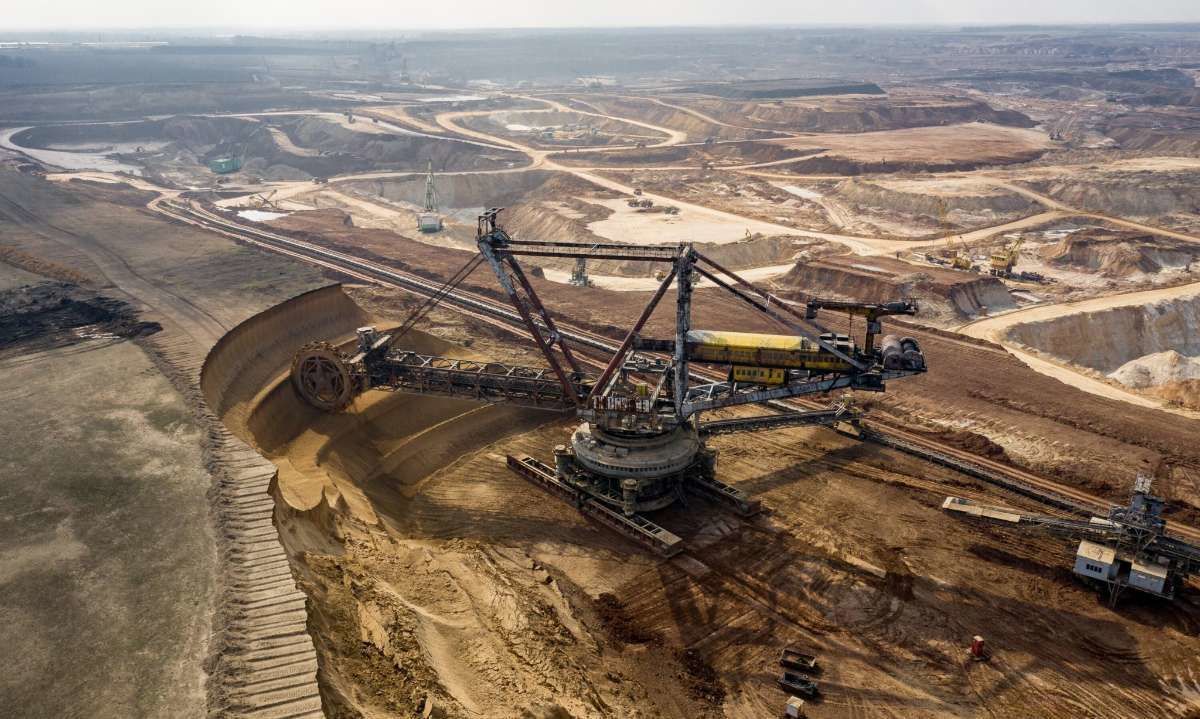
To fully develop these critical minerals, Ukraine requires substantial investments and advanced technology. The Ukrainian government is working to create a favorable regulatory environment to attract foreign investors.
U.S. President Donald Trump has taken a strategic step by granting access to Ukraine’s critical minerals in exchange for military support in the ongoing conflict with Russia. This initiative aligns with the Victory Plan presented by Ukrainian President Volodymyr Zelensky, aiming to attract strategic investors for the development of these essential resources.
The Importance of Critical Minerals for Technology and Energy
The critical raw materials sector for advanced technology and battery manufacturing is one of the fastest-growing industries worldwide. Ukraine is well-positioned to integrate into international value chains, diversifying and reducing global supply risks.
Ukraine possesses 23 of the 50 strategic materials identified as critical by the U.S. and 26 of the 34 recognized by the European Union. Among these, five key minerals stand out: titanium, graphite, lithium, beryllium, and rare earth elements (REEs). Currently, 30 licenses have been issued for their extraction, but the potential is much greater, with over 30 unlicensed deposits and approximately 400 promising sites.
Titanium and Beryllium: Essential for Aerospace and Defense
Titanium is a crucial material for industries such as aerospace, defense, and chemical manufacturing. Ukraine holds the largest titanium reserves in Europe and ranks among the top five countries in titanium rutile reserves. However, it currently lacks smelting capacity, presenting a significant opportunity for foreign investment.
Beryllium, another critical mineral, is used extensively in electronics and defense applications. Ukraine’s Perzhansk deposit contains reserves sufficient to meet 20% of global demand for the next two decades.
Lithium and Graphite: Key to Energy Storage
Lithium is fundamental to the energy transition and battery manufacturing industry. While Ukraine’s lithium reserves are modest on a global scale, they account for one-third of Europe’s proven deposits, positioning the country as a key supplier of lithium carbonate or hydroxide for the European battery industry. However, lithium mining is not yet developed in Ukraine, with only three explored deposits, one licensed, and two located in temporarily occupied territories. The required initial investment for lithium mining and production ranges from $150 million to $350 million per project.
Graphite is another essential material for battery production. Ukraine has six known deposits, one of which is operated by Australian company Volt Resources. The estimated investment required to modernize and build facilities for producing high-purity spherical graphite is around $650 million.
Rare Earth Elements and Strategic Metals: Crucial for Semiconductors and Advanced Technologies
Metals such as tantalum, niobium, and rare earth elements (REEs) are vital to the technology industry. Ukraine has significant reserves of germanium, used in semiconductors and fiber optics. During the Soviet era, Ukraine produced 80% of the region’s silicon, an essential material for chip manufacturing.
The country also has the potential to revive gallium production at the Mykolaiv alumina plant, supporting semiconductor fabrication. Additionally, high-quality quartz sands from the Glukhiv quarry in the Sumy region could enable the production of crystalline silicon.
Conclusion: Ukraine as a Strategic Player in the Global Economy
The availability of these resources and the growing global demand position Ukraine as a strategic partner for the U.S. and NATO. To fully develop these critical minerals, Ukraine requires substantial investments and advanced technology. The Ukrainian government is working to create a favorable regulatory environment to attract foreign investors.
Interest from companies in Australia, Turkey, and Azerbaijan demonstrates the country’s potential. However, the partnership with the U.S. appears to be the most promising, ensuring the rapid development of Ukraine’s capabilities in high-tech and innovative economic sectors.




